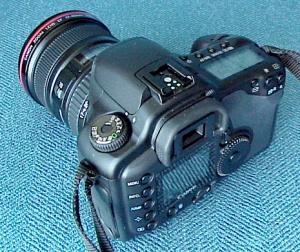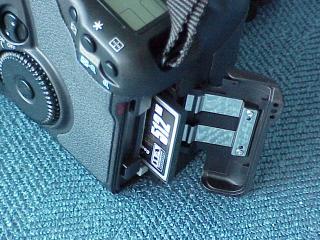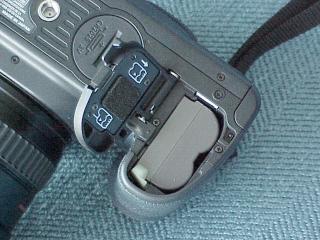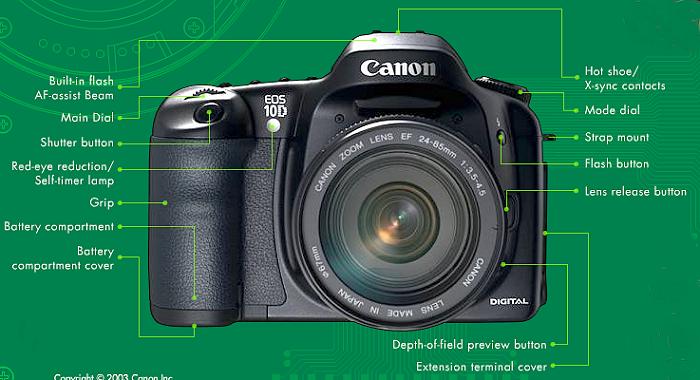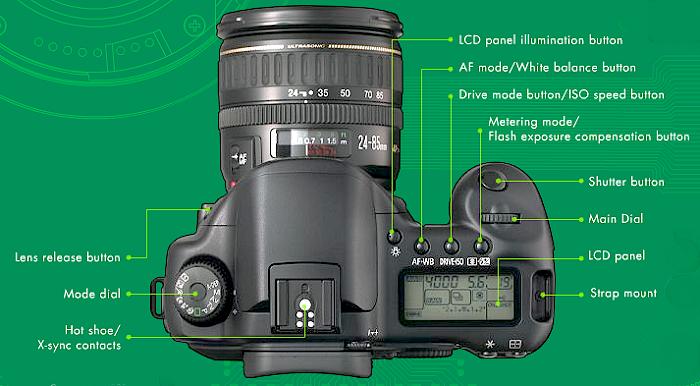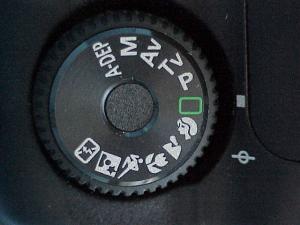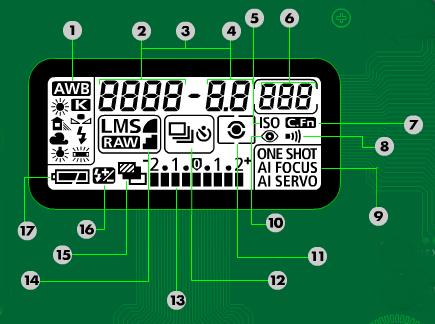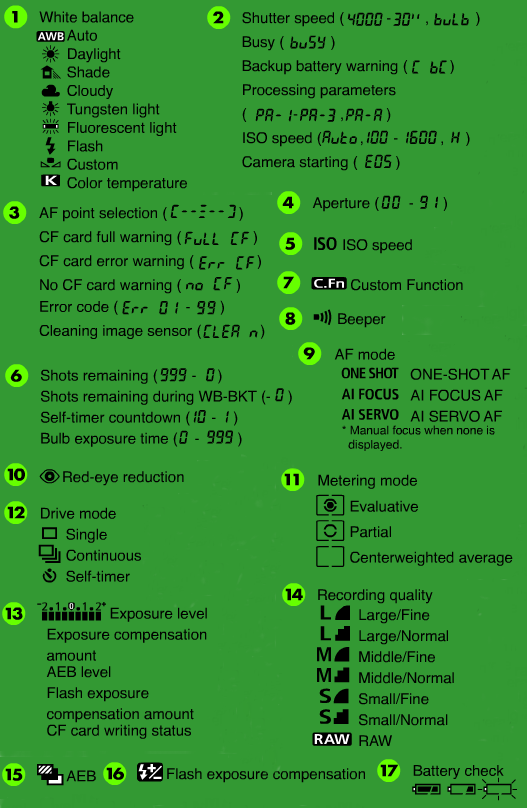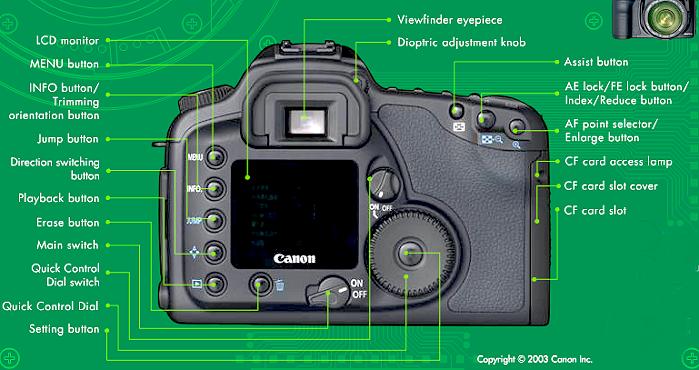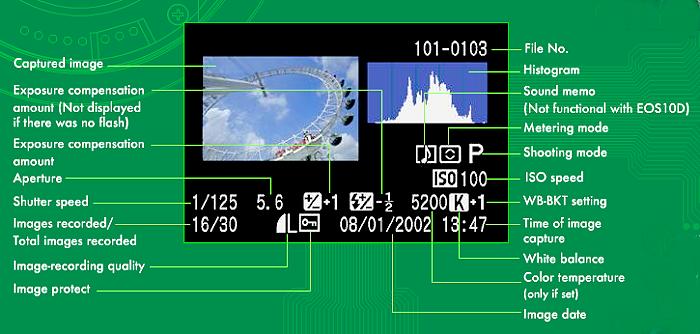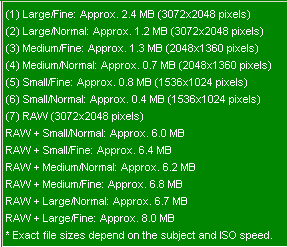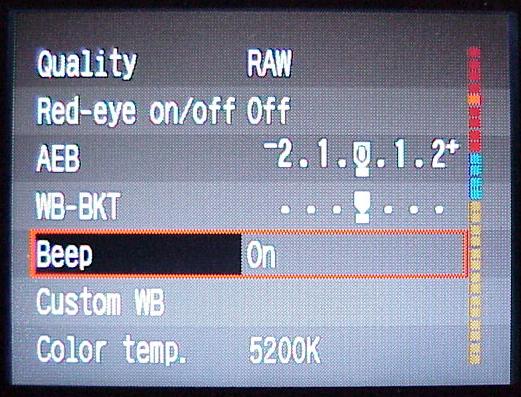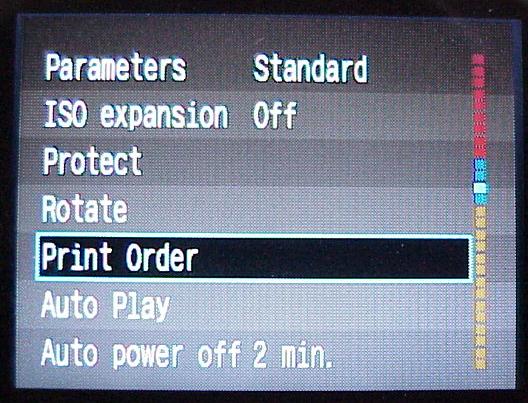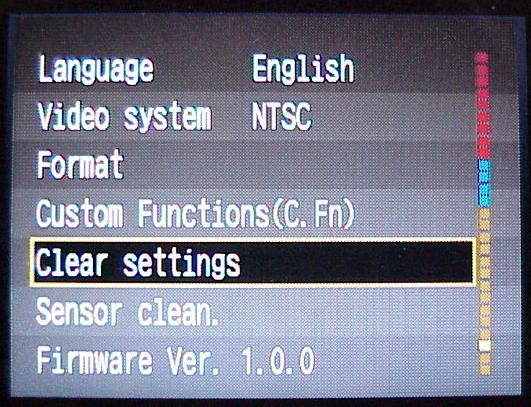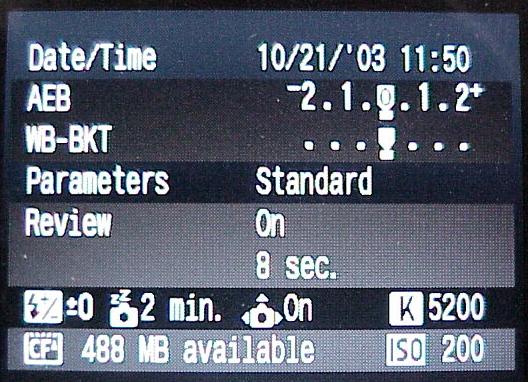|
|||||||||
|
Introduction Canon has always been in the forefront of camera technology, and their new EOS-10D Digital SLR continues that reputation. The 10D has the look and feel of their EOS line, but is pure digital. You can't open the back even though you might feel like you want to, for changing a roll of film. It uses all the EOS EF lenses, so you can save a huge bundle of money if you are a Canon camera user and have a plethora of lenses. The latest lens addition to the Canon EOS EF line is the 17mm - 40mm zoom lens, which we tested with the 10D here. Of course, you can use this lens with the Canon film SLRs, but it seems to have been designed with the Canon digital SLRs in mind, particularly the 10D. The reason for this is that the CMOS sensor on the 10D occupies about 63% of the normal 35mm linear film dimensions rather than covering the entire conventional 35mm film space. This reduces the amount of image area that the lens produces, in comparison to the standard 35mm film space (36mm x 24mm), and this is why 17mm is very handy with the 10D, since its image is more like what you get with a 28mm lens on a film SLR in linear size. To calculate the lens coverage with the 10D, using Canon EOS lenses, multiply the lens' focal length by 1.6. So, for example, the 17mm lens would be equivalent to a 27.2mm focal length lens on a standard 35mm film space in terms of coverage. If you want the full lens coverage, you need to move on to the Canon 1Ds, whose sensor is the same size as a standard 35mm film camera. Of course, it is several times the price of the 10D, so we are content to deal with the reduced image size in the 10D. Instead of film, the 10D uses Compact Flash (CF) cards, which are inserted on the side in a small compartment (photo below). Because the 10D takes pictures that are 6MB in size (if you save the photos in the RAW mode), it is advisable to get high capacity CF cards. In our case, we used a 512MB card. CF cards are inexpensive now, so there is no reason to use something like a 32MB card with a high resolution camera like the 10D.
The 10D has a USB port on the left side, that you can use to upload your pictures to your computer, but it also can be used to control the camera, via the Canon software that is included. Because the camera battery is used when the camera is connected to the computer via USB, we would rather use a CF card reader, which are very inexpensive, and are also faster (USB-2) connections. The one we chose for this review is a Kingston FCR-U27/1 ($29). Like many film SLRs, the 10D uses a rechargeable Lithium Ion battery (recharger included), which fits into the bottom of the camera (photo below), and memory is maintained with a CR2025 lithium disc battery (not rechargeable) that sits inside a compartment next to the main battery compartment (photo below). We were able to get about 100 photos (high resolution mode) on a single battery charge. This is very good, and is partly due to the CMOS sensor which uses less current than CCD sensors. It is also due to using the SLR viewfinder most of the time, for composing photos, compared to using a CCD sensor viewer in most digital cameras.
Features Before I get into the camera's performance, let's cover its features, which are almost endless. Below are photos of various angles of the camera body. First, the front. This pretty much looks like a Canon film SLR, with the shutter release, main dial, grip, built-in flash activation button, depth of field preview, and lens release button.
The top view also looks a bit like a conventional film SLR. The mode dial, AF mode, Drive Mode (single or continuous shooting), ISO speed, Metering Mode (such as evaluative or center-weighted), and the LCD panel which has most of the shooting information displayed.
Here is a close-up of the main dial. If you want the bullet-proof point and shoot setting, choose the green rectangle (called the AF Mode).
The information that is displayed on the LCD panel is summarized below. This includes AWB (Automatic White Balance), Shutter Speed, AF Point Selection, Aperture, ISO Speed, Shots Remaining (on the CF card), Custom Functions (combining RAW with JPG pictures), the Beeper, AF Mode (Auto Focus for still subjects or moving subjects), Red Eye Reduction for the flash, Metering Mode, Drive Mode, Exposure Compensation, Recording Quality (resolution), AEB (Automatic Exposure Bracketing, takes 3 photos, one at calculated exposure, one above, and one below), Flash Exposure Compensation, and Battery Check.
The rear panel of the camera is what really distinguishes the 10D from a film SLR. The LCD monitor (TFT Panel) shows the status of the camera in terms of how you have programmed it to take pictures. On the left are buttons to turn on the display (Menu), Information on current settings (Info), a Jump button (lets you view all the images you have taken so far), Direction Switching button (lets you move around on an image, using the Index button on the top right), Playback button (to review photos taken), and Erase button. There are two power switches, one at the bottom, and one in the middle of the back. The one in the middle activates the round dial, seen in the photo. That dial changes values in the LCD panel on the top of the camera. At the top right, is an Assist button (used simultaneously with the AF point selector, since that is a multi-function button), and AE lock button (setting the exposure on one part of the viewed field, and them moving the camera to a different field for the actual photo).
Below is shown the information displayed on the TFT panel. Items here that you won't see in the viewfinder of a film SLR include the File Number, Histogram, White Balance setting, and Color Temperature (settable between 2,800K and 10,000K, 5200K is default, for daylight exposures). The current photo is displayed as well, for a length of time you select, such as 8 seconds after you take the picture.
A list of the resolutions you can choose from is shown below. The first six on the list are all JPGs, which are compressed files. The RAW format is uncompressed. Using the Canon software, you can convert it to an 8 bit or 16 bit TIFF in your computer. 8 bit works best with PhotoShop and PhotoImpact, since many of the filters in those programs do not function with 16 bit graphics.
The TFT panel has tons of information. Shown below are the four screens of data which come up when you press the Menu button. These are Quality (resolution), Red Eye, AEB, WB (white balance), the Beeper, Custom White Balance (lets you import the white balance of one photo to another), Color Temperature, Parameters (lets you take the photo with selectable contrast, sharpness, color saturation, and color balance), and many others. C. Fn represents Custom Functions such as embedding a JPG within the RAW file, so you have not only the RAW data, but a JPG picture too.
Below is shown the Info screen, which comes up when you push the Info button on the left side of the camera. It shows current conditions, such as the date and time, exposure, white balanced, color temperature, ISO, and how much space is left on the CF card.
Part I - Introduction and Features Part III - On the Bench and Conclusions
|
|||||||||

